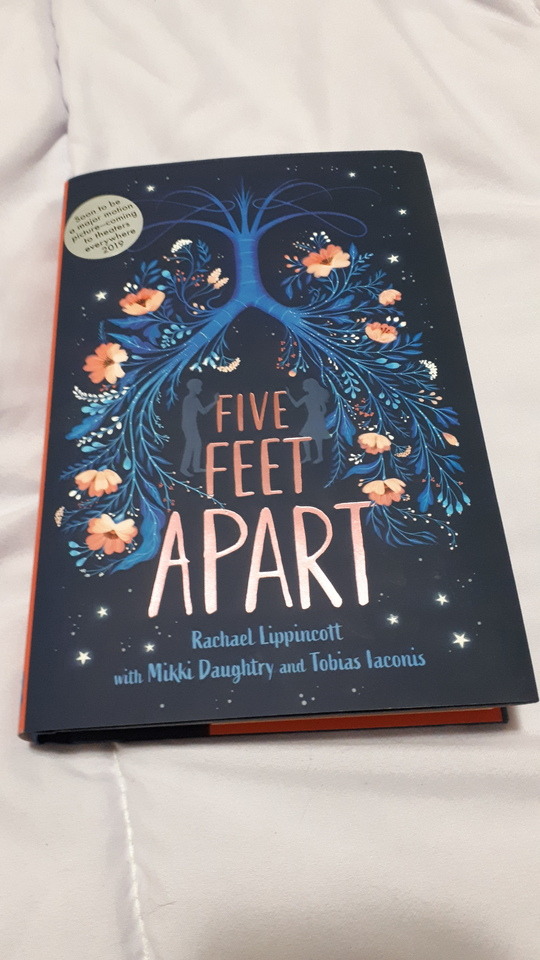
In some cases, this means chunks of text separated by blank space, which visibly split the story in others, the fragmentation is approached in more subtle ways - for example, trisecting a narrative into three parts, leaving gaps in time and perspective, fracturing the identity of a character by only referring to them by their first initial. There has been a recent trend in literary fiction and memoir toward fragmented structure. For queer readers, the book’s disjointed structure and indefinable genre were immediately recognizable as reflections of our own experience.įor queer readers, the book’s disjointed structure and indefinable genre were immediately recognizable as reflections of our own experience. Bluets quickly rose into a prominent position as a queer cult classic despite its heterosexual gaze, perhaps because of its fragmented form. But I wasn’t the only queer reader to understand Bluets as queer - not the story, perhaps, but the book itself. The way the book is constructed, it feels as if the reader has control over who the “you” is, and I felt deceived when I came to understand that the departed lover was male - that, in other words, it was about a heterosexual relationship. When I read Maggie Nelson’s memoir-in-fragments, Bluets, for the first time, I felt like someone had taken my singular experience of heartbreak and exposed it to the world - that is, until I realized it was written about a man.


Sign up for our newsletter to get submission announcements and stay on top of our best work.


 0 kommentar(er)
0 kommentar(er)
